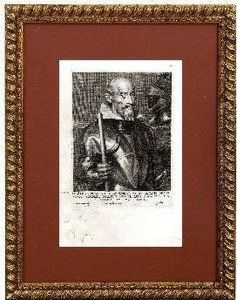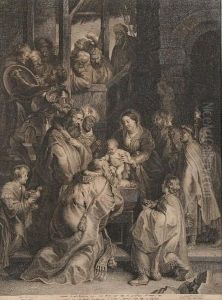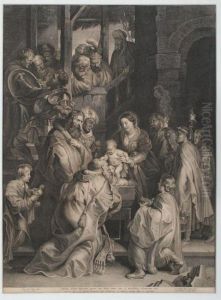Nicolaes Lauwers Paintings
Nicolaes Lauwers was a Flemish engraver born in the year 1600 in Antwerp, which was then part of the Spanish Netherlands. He is known for his meticulous engravings that often reproduced the works of other artists. Lauwers' life and career were deeply intertwined with the thriving artistic culture of Antwerp during the early 17th century, a period when the city was a significant center of artistic production and commerce.
Lauwers trained under the prominent engraver Lucas Vorsterman the Elder, who was a former collaborator of Peter Paul Rubens. Through this apprenticeship, Lauwers gained exceptional skills in the art of engraving and became adept at translating paintings into engravings that could be distributed more widely than the original works. His education placed him in the milieu of some of the most renowned artists of his time, including Anthony van Dyck and Jacob Jordaens.
In his engravings, Lauwers often depicted religious and mythological scenes, portraits, and allegorical subjects. He was skilled in capturing the essence of the original paintings and adapting them to the medium of print, paying careful attention to detail and the play of light and shadow. His works were not only artistic reproductions but also served as a means of propagating the Baroque style that dominated the period.
Lauwers was part of the Guild of Saint Luke in Antwerp—a guild that represented painters, sculptors, engravers, and other artists. His presence in the guild records indicates that he was an active and respected member of the artistic community. His engravings were collected and admired by art connoisseurs of the time, contributing to the dissemination of the Baroque aesthetic beyond the borders of Flanders.
Nicolaes Lauwers died in 1652 in Antwerp. While he may not have achieved the same level of fame as some of his contemporaries, his works remain a testament to the skill and craftsmanship of engravers in the Baroque period. They provide valuable insight into the circulation of visual culture in 17th-century Europe and illustrate the important role that printmakers played in the art world of their time.


